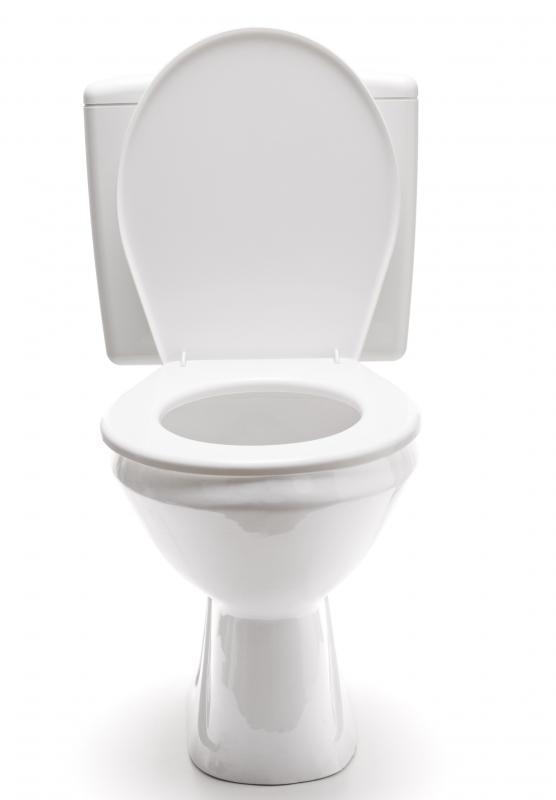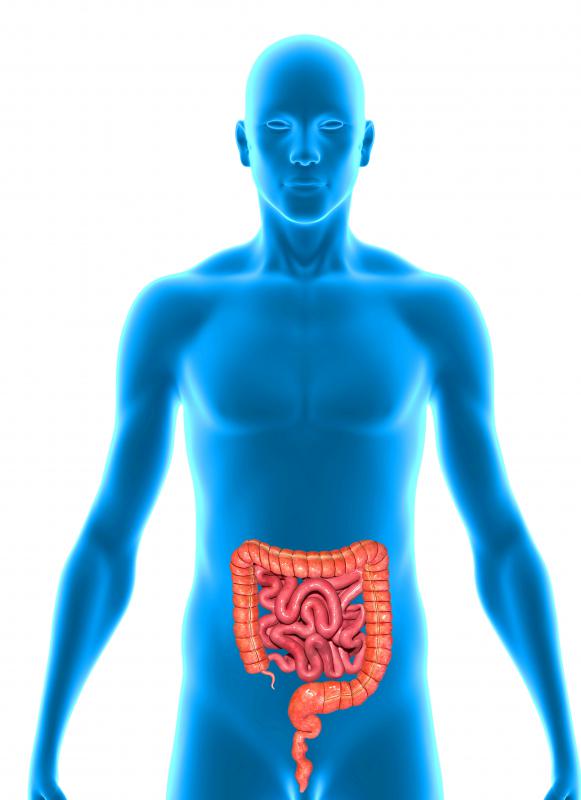At TheHealthBoard, we're committed to delivering accurate, trustworthy information. Our expert-authored content is rigorously fact-checked and sourced from credible authorities. Discover how we uphold the highest standards in providing you with reliable knowledge.
What is Pica?
During the developmental stages of childhood, it is normal for most children to explore their surroundings by tasting or ingesting any number of non-food items. When the compulsion to ingest non-nutritive substances lasts a month or longer, or persists after the age of two, an individual may be suffering from an eating disorder known as pica. This condition is characterized by overwhelming and persistent cravings to consume items other than food.
Pica most commonly affects children and pregnant women. The condition seems to be most prevalent in children who are developmentally disabled. In addition, it occurs much more frequently in developing countries and rural areas.

While very little research has been conducted on the causes of pica, some studies suggest that the cravings for non-food items may stem from malnutrition. This is most probable in areas where food is scarce. Most pregnant women with pica develop cravings for gritty substances such as soil, suggesting that they may be suffering from mineral deficiencies.

While some instances of pica may develop due to nutritional problems, others seem to stem from pathological factors. For example, the condition may develop as a response to environmental stress, such as child abuse. Some researchers have suggested that pica in patients with mental retardation is caused by an inability to distinguish between food and non-food items. However, this hypothesis is refuted by evidence that mentally disabled individuals with the condition seem to show a strong preference for non-food substances.

People suffering from pica most commonly crave earthy, gritty substances, such as soil, chalk, paper or earthenware. In some instances, patients may ingest items that are considered food ingredients, such as flour, baking soda or coffee grounds. In rarer cases, individuals have been known to crave human substances, such as blood, hair, urine or their own body parts.

Untreated, pica can cause a large number of health problems. Most notably, patients are at a high risk for ingesting poisonous substances. For example, it is not uncommon for people with with this condition to experience lead poisoning. In addition, patients may develop mild to severe disruption of the gastro-intestinal tract, ranging from constipation to life-threatening intestinal blockage.

Treatment for pica varies depending on the individual case and the medical professional who is treating it. In many cases, treatment is predominantly psychological. Aversion therapy has been very effective in re-training patients with pica to overcome their cravings. Cases that are a result of mineral deficiencies can be counteracted by improving the diet of the patient. In cases where is caused by developmental or psychological problems, medication may also prove effective in reducing cravings for non-food items.
AS FEATURED ON:
AS FEATURED ON:
















Discussion Comments
I eat mud -- the dry type. I’ll eat any type: red mud, black mud. It can be any mud. I like it so much. At times, I’ll pick up some and bring into the house at night since I can’t go out for any.
I eat it like I eat other normal food. I know mud is not food, but the way I eat it, I feel like I am eating something good. My mom keeps telling me stop, and everybody keeps telling me it’s not good, but I keep eating it.
I need help and fast too, because I am afraid that I might end up dead before my time. I am only 17 and I’ve been eating it since I was like 2 years old. Please, can someone help me?
My daughter won't stop eating non-food objects such as fur, hair, leather, crayons, paper, chalk, books (the cover and all), etc. I have been to her doc several times and her therapist says to do a food chart, but that is not working. She is 4 and already has been hospitalized for constipation. I am just at my wits' end. Does anyone have any suggestions to help us?
I've been suffering from pica for at least 20 years. I want to eat baby powder or shower to shower body powder, but I know I can't, so I add small amounts to arm and hammer baking soda. I don't eat it. I just put large amounts in my mouth, chew it and spit it out.
I recently started eating corn sugar. I have an addiction to eating powdery stuff. I'm trying to stop because both are contributing to weight gain. One is making me fat and the other is making me hold water. Both are making me slightly depressed which causes more pica. I need help.
I am a perfectly normal person with a good diet and no psychological issues I know of. Post pregnancy I chewed bath sponges after a wash in the washing machine and that is the flavor I craved. I chewed all my waking hours and it went on for three years until I went cold turkey.
I still miss the sponges but the side effects were terrible. Mouth ulcers, racing and irregular heart beat and tummy pain due to bits of sponge being swallowed.
I have a friend with a pica eating disorder, I think. She eats ice _all the time_. It's also called pagophagia. They say that that could be because of an iron deficiency which she had when she was younger, but I don't think she's deficient anymore. Maybe now it's just a habit.
Pica disease can also be centered on eating or drinking detergent. That, I think, can be even more dangerous to one's health than chalk eating or soil eating.
Fascinating. I never heard of pica syndrome until watching a program on unusual addictions. The person - an adult woman - had a chalk eating disorder. Physicians seemed to think that it was to compensate for mild depression. Other people might bite their nails or eat too soothe their mild depression, but pica people might nibble on chalk.
Post your comments